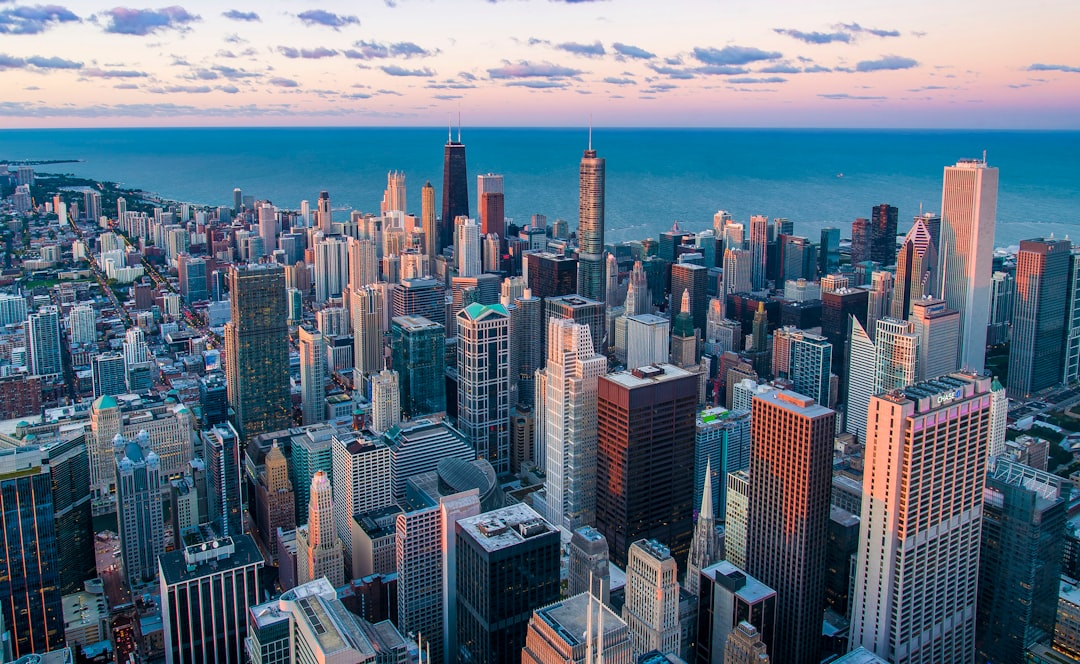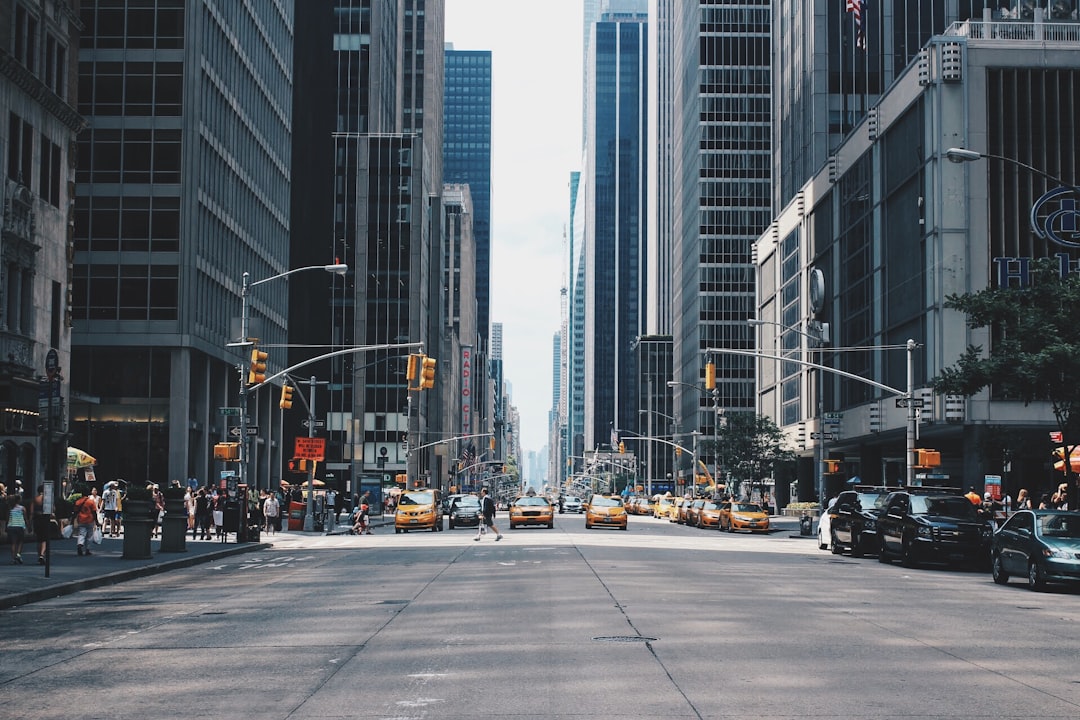Riverside's city planning emphasizes preserving its historical charm and architectural heritage while embracing modern urban development. The city aims to protect significant structures, integrate sustainable practices, and adaptively reuse historic buildings to create a living environment that honors its past while catering to contemporary needs. This approach is not only about maintaining Riverside's cultural essence but also sets a precedent for cities globally facing similar challenges in urban development. The city has shifted towards an inclusive planning strategy that values historical conservation as part of shaping its future. This transition reflects a recognition of the importance of cultural assets and their role in enhancing local identities and global appeal. Riverside's efforts in this area serve as a model for cities aiming to preserve their heritage while fostering innovation and economic growth. The city's commitment to green spaces, eco-friendly construction, and adaptive reuse demonstrates effective city planning that balances historical preservation with modern development, creating vibrant spaces that are both culturally rich and functional for today's communities and future generations.
Navigating the confluence of Riverside’s storied past and the demands of contemporary urban growth presents a multifaceted challenge. This article delves into the delicate balancing act required to honor history while embracing progress, a process intrinsically linked to city planning. By exploring the evolution of urban development strategies that sensitively integrate historical preservation, we illuminate how cities like Riverside can maintain their cultural identity amidst modernization. Case studies from across the globe underscore successful models of this synthesis, offering valuable insights for Riverside’s own path forward.
- Balancing Act: Honoring Riverside's Historical Legacy Within Modern Urban Development
- The Evolution of City Planning: Adapting Traditional Techniques to Incorporate Heritage Conservation
- Case Studies: Successful Integrations of History and Modernity in Urban Landscapes
Balancing Act: Honoring Riverside's Historical Legacy Within Modern Urban Development

Riverside, a city steeped in history with its roots dating back to the Mission Revival era, stands at a pivotal juncture where honoring its past while embracing modern urban development is not just a challenge but an art. City planners are tasked with the delicate balance of maintaining the architectural integrity and cultural significance of Riverside’s historical landmarks while fostering growth that meets contemporary needs. This harmonious blend requires a strategic approach to city planning, one that respects the past while setting the stage for future prosperity.
The preservation of Riverside’s historical legacy is interwoven with the fabric of its identity. Preservation efforts have led to the protection of numerous structures, ensuring they remain as testaments to the city’s rich history. These endeavors are complemented by modern urban development initiatives that focus on sustainable and innovative practices. By integrating green spaces, promoting eco-friendly construction, and encouraging adaptive reuse of historic buildings, Riverside’s city planning can create a living tapestry that honors its heritage while serving the needs of present and future generations. This approach not only preserves the architectural and cultural character of the city but also positions it as a model for other cities facing similar challenges in city planning.
The Evolution of City Planning: Adapting Traditional Techniques to Incorporate Heritage Conservation

city planning has undergone a significant transformation over the years, with an increasing emphasis on heritage conservation becoming a central tenet in urban development strategies. Traditional city planning techniques, which often prioritized modernization and expansion, are now being harmoniously integrated with the preservation of historical sites and cultural landmarks. This shift reflects a growing recognition of the value that these cultural assets contribute to both the local community’s identity and the city’s global appeal.
Riverside, with its rich tapestry of history, presents a unique case study in this evolution. Planners are employing innovative approaches to protect and honor the city’s historical integrity while fostering contemporary urban development that supports economic growth and sustainable living. This delicate balance requires a nuanced understanding of zoning laws, building regulations, and community engagement. Through collaborative efforts between local governments, heritage conservationists, and urban planners, Riverside is setting an example for how tradition and modernity can coexist harmoniously, ensuring that the city’s legacy endures while adapting to the needs of future generations.
Case Studies: Successful Integrations of History and Modernity in Urban Landscapes

In the realm of city planning, the harmonious integration of a city’s historical fabric with modern urban development presents a multifaceted challenge. Successful case studies from around the globe offer valuable insights into how this delicate balance can be achieved. Take for instance, the revitalization of the Ribeira das Naus in Porto, Portugal. This project transformed a historic riverfront into a vibrant cultural hub, preserving its architectural heritage while introducing contemporary amenities and green spaces. The result is a space that respects the area’s history yet caters to modern leisure activities, effectively serving as a community meeting point for residents and visitors alike. Similarly, in Copenhagen, Denmark, the transformation of the industrial island of Refshaleøen into an innovative cultural and technology hub showcases the city’s commitment to sustainability and adaptive reuse. The island’s industrial past is evident in its buildings, which now house creative businesses, educational institutions, and leisure facilities, all designed with a keen sensitivity towards the area’s original purpose and history. These case studies exemplify that through thoughtful city planning, historical contexts can be preserved while accommodating contemporary urban needs, ultimately creating dynamic spaces that are both culturally significant and functional for present and future generations.
Riverside’s rich tapestry of history intertwines with its forward-looking urban development, creating a unique cityscape that honors its legacy while embracing modernity. The delicate balance required to achieve this integration is central to the evolution of city planning, as evidenced by the successful case studies presented. By adapting traditional city planning techniques to include heritage conservation, Riverside stands at the forefront of urban innovation. This approach not only preserves the city’s historical character but also fosters a dynamic living environment that resonates with both long-standing residents and newcomers alike. As Riverside continues to grow and evolve, its commitment to balancing the past with the present sets a precedent for cities worldwide facing similar challenges. The lessons learned here underscore the importance of thoughtful urban planning that respects history while catering to contemporary needs.
